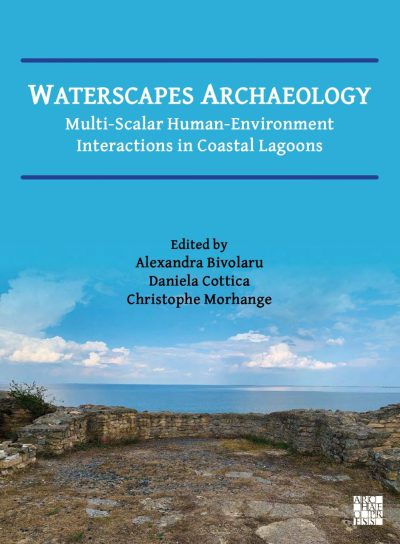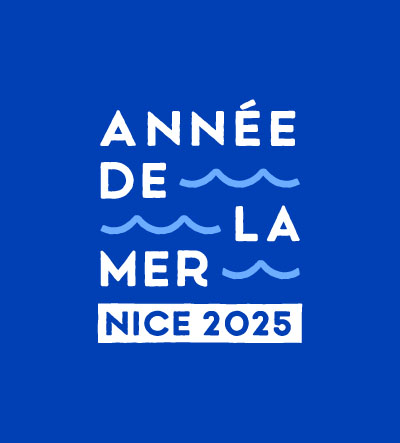Auteurs : Arnaud Banos, Frédérique Bertoncello, Anne Bretagnolle, Christophe Coupé, Stefani A. Crabtree, Robin Cura, François Favory, Jean-Luc Fiches, Alain Franc, Pierre Garmy, Julie Gravier, Ryma Hachi, Jean-Marie Hombert, Lahouari Kaddouri, Timothy A. Kohler, Florent Le Néchet, Samuel Leturcq, Thérèse Libourel, Pierre Livet, Elisabeth Lorans, Hélène Mathian, Lucie Nahassia, Laure Nuninger, Marie-Jeanne Ouriachi, Denis Phan, Denise Pumain, Claude Raynaud, Sébastien Rey-Coyrehourcq, Xavier Rodier, Lena Sanders, Laurent Schneider, Clara Schmitt, Cécile Tannier, Sander van der Leeuw, Elisabeth Zadora-Rio
Abstract: 70 000 years ago, Homo sapiens left Africa to colonize the world. 6,000 years ago, he founded the first cities. Today, in the era of city networks, he is creating increasingly wide and complex metropolitan regions. From prehistory to the era of metropolises, man has occupied the earth’s space in an infinite variety of ways, under the influence of a multitude of factors. How did the Bantu populate a space already occupied by the Pygmies in equatorial Africa? How were cities born in the Bronze Age?
How did the pueblo society develop and then disappear in the United States? What were the effects of Romanization on the settlement of southern Gaul? How did the village system emerge around the year 1000 in Europe? This book addresses twelve major changes in global settlement
formalized as “transitions”.
What is a transition? How can it be identified in the empirical field? Archaeologists, historians, linguists, and geographers combine their efforts to construct, analyze, and compare models of settlement transition in world history. Observing the particular, they seek the universal. This book proposes a method for understanding the laws of human settlement in the very long term.
A lire aussi
Le prix de thèse de l’ED SHAL attribué à Audrey Duchâtel-Munter, Docteure du CEPAM
Félicitations à Audrey !
Ouvrage | Waterscapes Archaeology. Multi-Scalar Human-Environment Interactions in Coastal Lagoons
Edited by Alexandra Bivolaru, Daniela Cottica, Christophe Morhange, Archaeopress Archaeology
Exposition Photo | Océans à travers les âges : patrimoine, pêches et résilience face aux défis climatiques
10-12 juin, Hall MSHS, Saint Jean d'Angely 3, Nice




